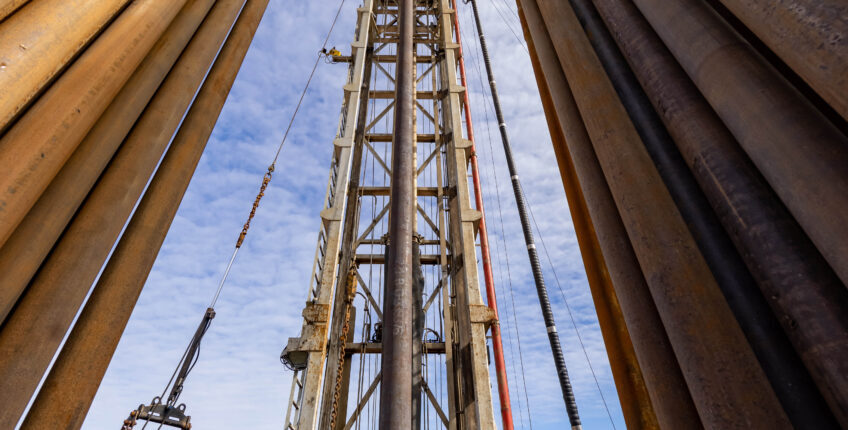Energy provider EWE has completed the solution mining of the hydrogen test cave in Rüdersdorf near Berlin.
Constructing the underground cavern of around 500 cubic metres took three months. This was preceded by extensive successful leak tests of the supply line to the cavern up to a depth of 1,000 metres. The company tested the connection between the installed pipe-in-pipe system and the rock mass for impermeability and proved that the borehole was impermeable at the required pressures.
The house-sized cavity is located in an underground salt dome. This rock salt layer underneath the storage site in Rüdersdorf, where EWE has already built two large cavern storage facilities, begins at a depth of around 600 metres and extends to 3,200 metres under the earth’s surface.
Hydrogen arrives in late summer
Now the company is beginning to build a drilling tower. Using this, EWE will remove the brine pipes that were required for creating the cavity and install the technology for the hydrogen test operation in the 1,000-metre-long borehole. Then EWE will disassemble the drilling rig and erect the temporary operational facility for hydrogen storage above ground. The initial filling up with hydrogen and the start of extensive test operation is scheduled for late summer. Primarily the interplay between the injection and withdrawal of hydrogen will be tested.
Transferability to large cavern storage facilities
In addition to testing the operation of the facility, the goal of the HyCAVmobil research project is to test the quality of the hydrogen following storage. A purity of almost 100 per cent is important for future applications, especially in the mobility sector. The findings provided by the small research cavern are to be transferred to caverns which have 1,000 times greater volume. In future, caverns with volumes of 500,000 cubic metres could therefore be used for large-scale hydrogen storage. With 37 salt caverns, EWE alone has 15 per cent of all German cavern storage facilities that would be suitable for storing hydrogen in the future. That would make a greener hydrogen that is produced from renewable energy storable in large quantities and scaled to match demand. It would make it an indispensable component for achieving stated climate goals and for diversifying and securing future energy supply.
The investment volume for the HyCAVmobil project amounts to around ten million euros – four million of which come from EWE’s own funds. EWE and the DLR will receive the remaining amount from funding provided by the Federal Ministry for Digital and Transport under the National Innovation Programme for Hydrogen and Fuel Cell Technology.
Source: EWE

